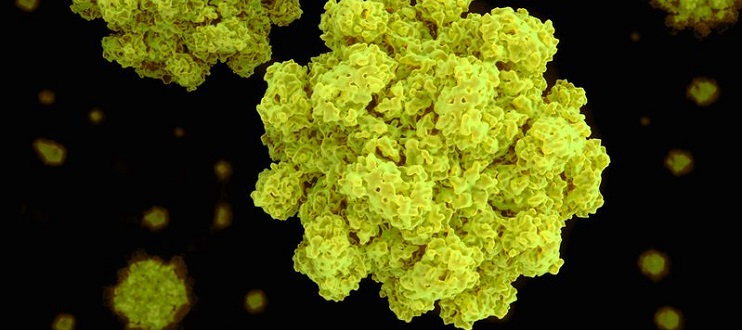

 Back to Suggested Publications
Back to Suggested Publications

This week, Professor Miguel O'Ryan, WAidid board member, suggests the article recently appeared on The Pediatric Infectious Disease Journal Norovirus in Latin America: Systematic Review and Meta-Analysis aiming at estimating the role of norovirus in the Latin American region.
SUMMARY:
Despite recent advances, infectious acute gastroenteritis (AGE) continues to be an important cause of morbidity and mortality among children less than 5 years of age.
Noroviruses are increasingly recognized as a major cause of sporadic cases and outbreaks of AGE in all age groups. Noroviruses were the leading cause of AGE requiring hospitalization, after rotavirus in children. However, in countries that have introduced rotavirus vaccines, noroviruses are becoming the leading cause of hospitalization for AGE in the pediatric population. Asymptomatic infection also occurs and noroviruses can be shed for weeks following infection, both in symptomatic and asymptomatic subjects. While asymptomatic infections are relatively common, their significance and importance in transmission are uncertain. Although there have been several studies on norovirus in different Latin American countries, there has not been a systematic review conducted to estimate its role regionally. Accordingly, the authors conducted the first systematic literature review and meta-analysis to estimate the role of norovirus infection in Latin America.
The meta-analysis was stratified, where possible, by location, age group, genotype and rotavirus vaccine introduction status. 397 records were identified and 38 articles were selected. The prevalence of norovirus among AGE cases ranged was 15%: 15% in the community, 14% in outpatient locations, and 16% in hospital locations. The prevalence of norovirus asymptomatic infection was 8%. The overall norovirus AGE incidence ranged from 17 to 23 cases of norovirus disease per 100 person-years. The seroprevalence of norovirus infection overall ranged from 2 to 87%: it ranged from 2 to 77% for GI.1 and from 16 to 57% for GII.3.
The authors did not see a pattern of increasing norovirus prevalence in locations with rotavirus vaccination.
The authors highlighted that current serological survey methods are insufficient to identify exposure to specific strains, and norovirus diagnostics is also lacking in many countries in the region. They concluded that more studies are needed to fully define the burden of norovirus infection in terms of total cases, medical care-seeking and attributable deaths.
AUTHORS: O'Ryan,M. Riera-Montes,B. Lopman